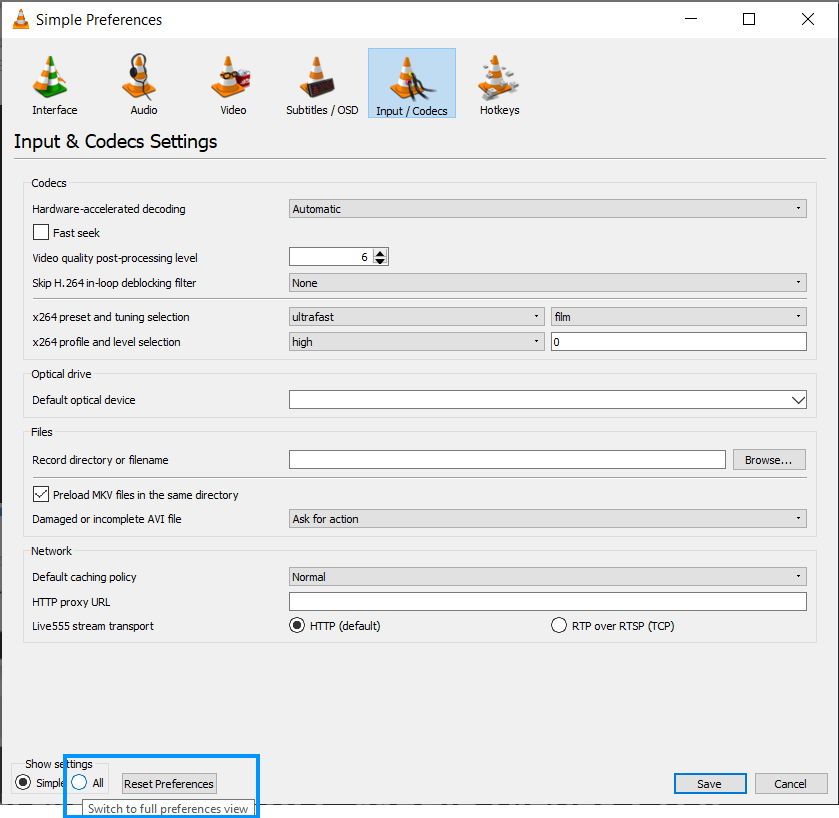
Damping set to 1 will cut the reverb when the note is released. The damp knob controls the damping. The size knob lets you select the room size for the reverb. SF2 player gives four knobs for controlling the effects: Reverb. Some soundfont files support reverb and chorus.

When the TS file has been. Start viewing TS file on VLC Media Player. Or, click the Open File under the Media option at the top menu bar then add the TS file to VLC Media Player. Open VLC Media Player, you can directly drag the TS file to the player. Locate TS file on your computer and load it to VLC Media Player.
Sf2 Files In Vlc Player Free Ebook Download
A typical keyboard (not the thing you are typing on) is actually made up of two components - a MIDI "controller" (the keys) and a synthesizer (tone generator/module the thing that makes sound).So up to this point, you should be able to understand that: So any player that can play back a MIDI file without MIDI-capable hardware (your computer's sound device), has a synthesizer built-in or uses an external one. This engine will have a "tone generator", and this is what we call a "synthesizer". MR J2 a Installation Manual - Free ebook download as.In order for such a file to be useful, there needs to be an "engine" that can translate the data to music.
A "soundbank" which is GM-compatible means that it meets the criteria of General MIDI, and as long as the MIDI file is also GM-compatible (as in nothing extraordinary is defined - such as introducing a new instrument or having one in a different location of the bank), the playback will be as intended since the bank has the correct instrument/handler for the MIDI message/event. If a certain instrument in the file corresponds to a different one in the bank, your synthesizer will play a different sound (obviously).General MIDI (GM) is a specification to standardise numerous MIDI-related matters, particularly that of instruments layout in a collection of sounds. If a certain instrument is not in the bank, your synthesizer will not play anything for notes using that instrument. You need a synthesizer with a proper "bank" (collection of sounds) to be able to enjoy all the glory of MIDI files. Most computer soundcards/chipsets do NOT have synthesizers. A synthesizer can be hardware or software.
Perhaps a MIDI server (which will hold a synthesizer of choice like timidity++ or fluidsynth) that sits within the sound server, like Phonon or PulseAudio. If there were a way to do it on Linux, you would be able to play back MIDI from any player too. Even then, it lacks the quality which should be expected of modern computers. In turn, you can find some way to globally make use of this synthesizer."Why can I play MIDI with Windows Media Player, then?"Well, because Windows has a default software synthesizer which acts globally. If you do not have a soundcard which can make use of soundfonts (basically no hardware synthesizer), you can use a software synthesizer and load the SF2 file. If you have a soundcard which can make use of soundfonts, you can load a.
Sf2 Files In Vlc Player Install The Awesfx
If you have access to 2GMGSMT.SF2 on Windows, you can use that one.You should be all set now. SF2 file can be any SoundFont. Then, load a SoundFont file on the Emux WaveTable, like so:The. To check and adjust them, use alsamixer or your mixer of choice.Next, build and install the awesfx AUR package from the AUR. A hardware synthesizer), you can use the aplaymidi command.To get the list of the available MIDI ports use the commandThen to play a MIDI file specify it along with an available port of the preferred MIDI device that you got from the output of the previous command, for example like this:First, make sure that the Synth mixer control is not muted and that Audigy Analog/Digital output Jack is set to. For example audacious.(More details on soundcards and MIDI, possibly links to SBLive MIDI here.)If you simply need to play a MIDI file on a MIDI-capable hardware device (e.g.
/./soundfonts/FluidR3_GM.sf2 /usr/share/sounds/sf2/FluidR3_GM.sf2You can play MIDI files on VLC if you configure the location of the Sound Font file. To prevent this, you can use a symlink:# ln -s. There can be no audio if that's the case. See FluidSynth for more info.If you choose to use soundfont-fluid, the default search strategy will probably select FluidR3_GS.sf2 rather than FluidR3_GM.sf2. See Timidity#Freepats.You can also change the freepats.cfg file location in DeaDBeeF by going to Edit > Preferences > Plugins > WildMidi Player > Configure.You can play MIDI files on GNOME Videos and all other players using GStreamer as backend after having installed gst-plugins-bad and fluidsynth, and installed a soundfont ( soundfont-fluid for example).
Then, go to Input/Codecs > Audio codecs > FluidSynth.And, if you installed e.g.


 0 kommentar(er)
0 kommentar(er)
